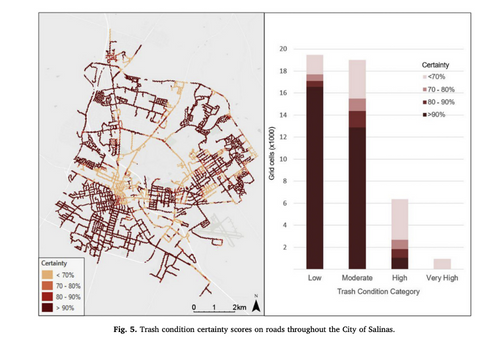Executive Summary excerpt
The Load Reduction Planning Tool (LRPT)1 estimates the potential water quality pollutant load reductions associated with the proposed parcel‐scale implementation of Best Management Practices (BMPs), including redevelopment projects, private parcel retrofits and single family BMP implementation in the Tahoe Basin. We present a new version of the tool (LRPTv2) as a visual basic application for Microsoft Excel (2007 version) that uses site specific data created by the user to reflect the spatial heterogeneity of surfaces in combination with a simple mathematical model that routes runoff across a parcel to estimate the average annual runoff from the site. LRPTv2 includes a function to estimate performance decay of Treatment BMPs over time as a function of maintenance commitment. The LRPT has been designed to be consistent and compatible with the Pollutant Load Reduction Model (PLRM) the Best Management Practices Maintenance Rapid Assessment Methodology (BMP RAM) and other Tahoe Basin stormwater tools to the extent practical. This document provides a description of the technical approach and methodology for LRPT calculations (Section 4), detailed user guidance (Section 5), and recommendations for future programmatic integration (Section 6).


